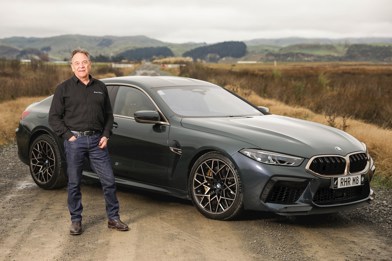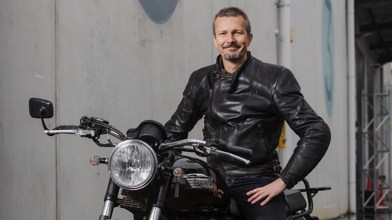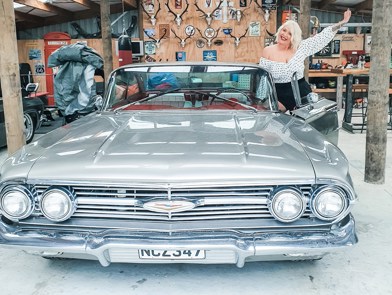Toyota New Zealand launches C-HR that's not to be mistaken for another car acronym
Toyota NZ is confident it has plenty of buyers for its new compact SUV, but Kiwis may have a problem remembering its acronym name.
The Toyota C-HR was originally a compact SUV built specifically for the Europe market; but the decision was made to make it available globally.
Production started in Japan late last year with a variety of models available: a 1.2-litre petrol, 1.5-litre petrol, 2-litre petrol and 1.8-litre petrol hybrid.
Toyota NZ decided to (smartly) just have one engine and transmission (the 1.2-litre linked to CVT) and two drivetrains -- either front-wheel-drive or all-wheel-drive.
The FWD is priced from $37,990, and the AWD is $39,990.
The name is an acronym for Compact High Rider or Cross Hatch Runabout, says Toyota's design team, but it's easy at first to confuse the name with Honda's acronym-based vehicles, the HR-V (High Rider Vehicle) and CR-V (Compact Recreational Vehicle).
An easy way to remember the Toyota model (so you don't embarrass yourself when you go into a car dealership) is by either pronouncing it "Chur" or by thinking "See HR".
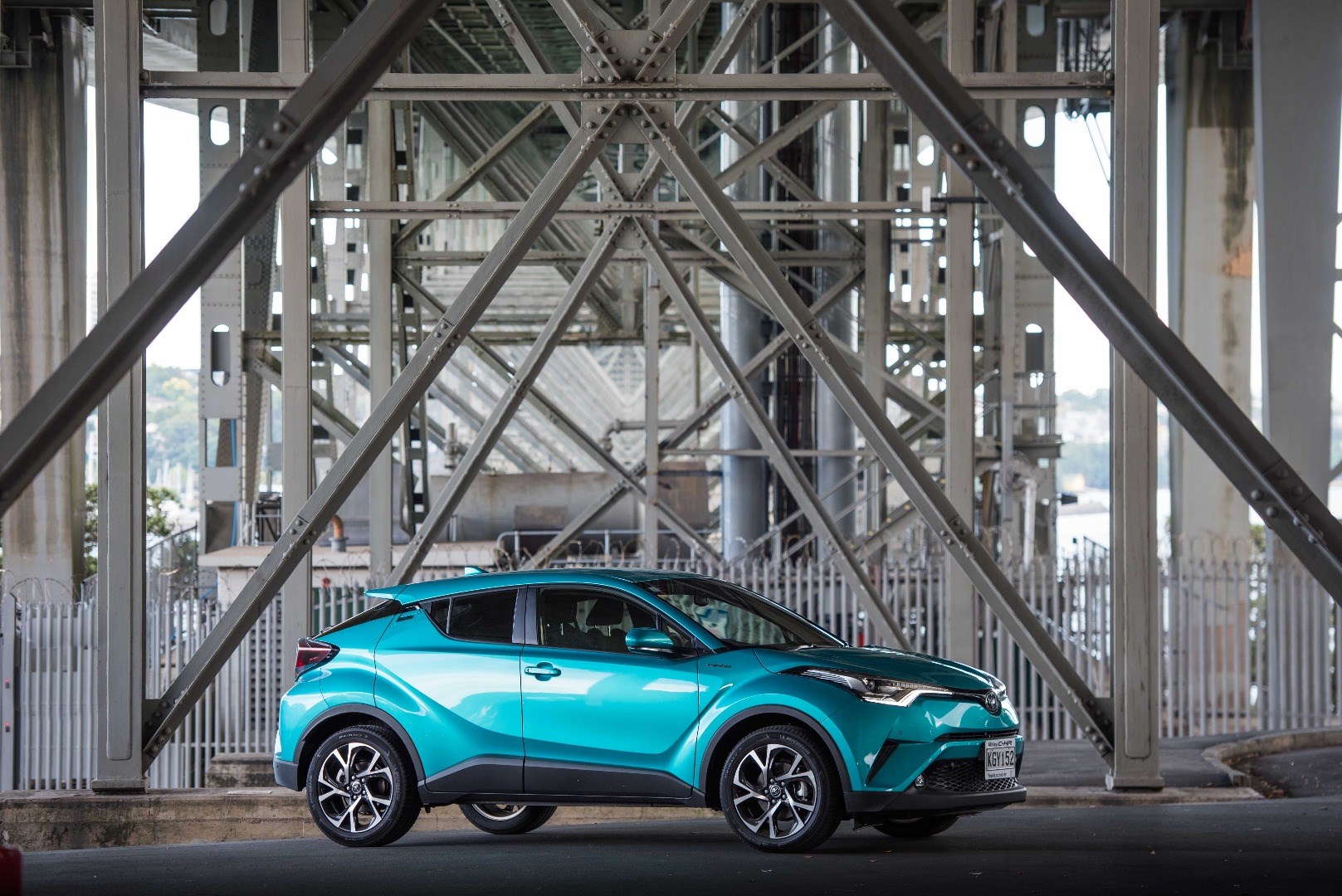
Competition does include the HR-V, plus Mitsubishi's ASX, Suzuki Vitara, Mazda CX-3 and the Holden Trax, says Toyota.
Price-wise it is near the top end of the competition but has a plethora of safety features and all-new design.
The styling of the five-door C-HR is coupe-like with muscular flanks and a mix of sharp lines and smooth curves. It features integrated rear door handles, streamlined A-pillars and a sharply-angled rear present. It sits on 18-inch alloy wheels.
That styling is distinctive and you'll either love or hate it. If you love the Nissan Juke, you'll love this. If you love the Mazda CX-3, you won't like this.
For me, in the right colour such as the teal featured on page 6, the C-HR stands out, but I do find the sharp edges jarring.
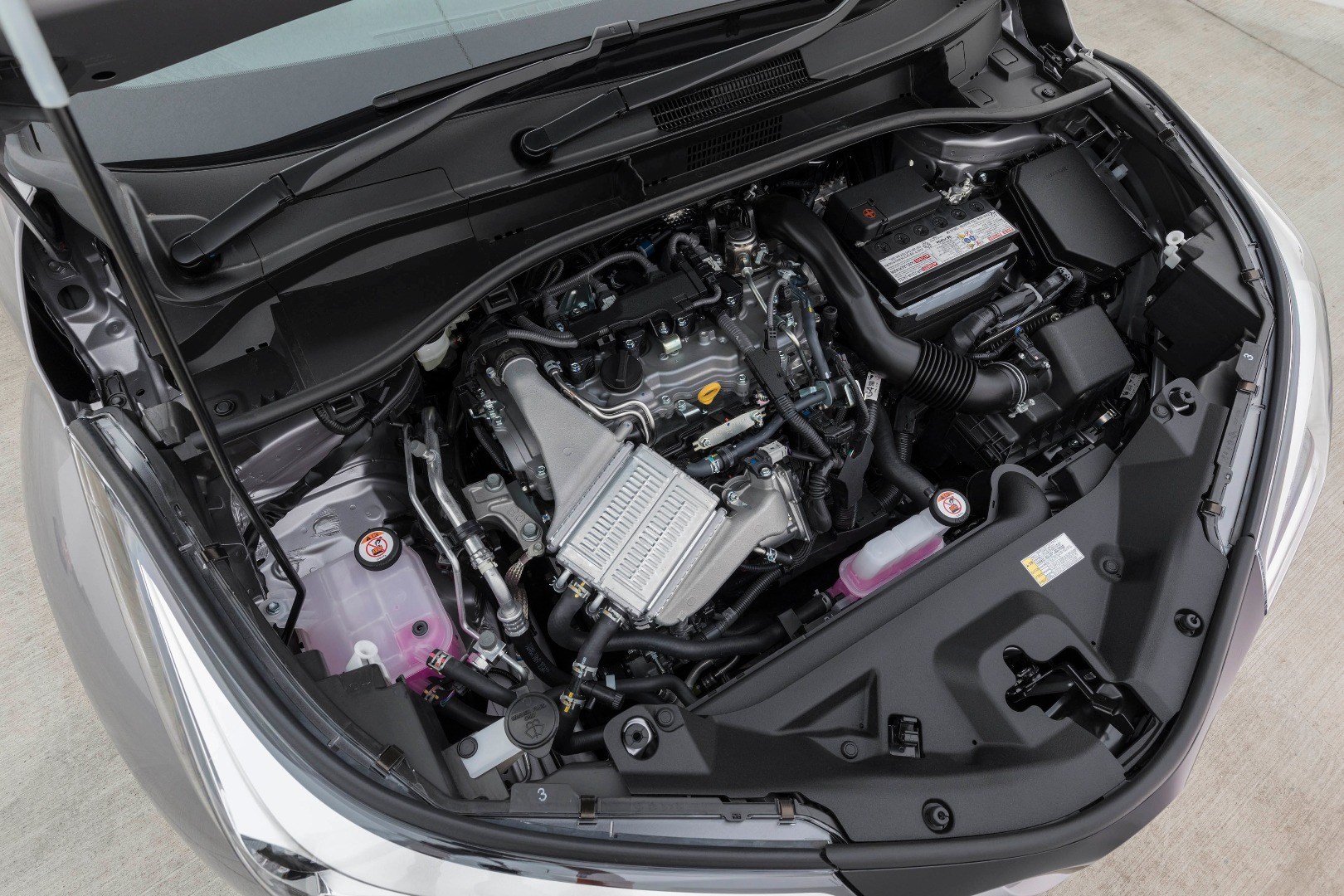
It's the first time Toyota has had a 1.2-litre engine vehicle in New Zealand, but it is already touting it as a powerhouse.
The turbo-charged petrol engine produces 84Kw of power and 185Nm of torque. Toyota NZ says don't be fooled by those figures as the 1.8-litre petrol Corolla produces 173Nm of torque and the 2-litre RAV4 sits at 187Nm.
Toyota says the C-HR engine is "torquey and flexible, yet quiet and smooth. It's a fun car that's enjoyable to drive".
Both FWD and AWD models come with a Constant Variable Transmission (CVT), which has a sequential shift mode providing seven simulated manual gears, allowing control similar to a traditional transmission.
But it's a CVT unlike most, and you'd find it hard to detect the punctuated gear moves that you'll find in other brands with this transmission. So congratulations to Toyota NZ for producing such a gearbox.
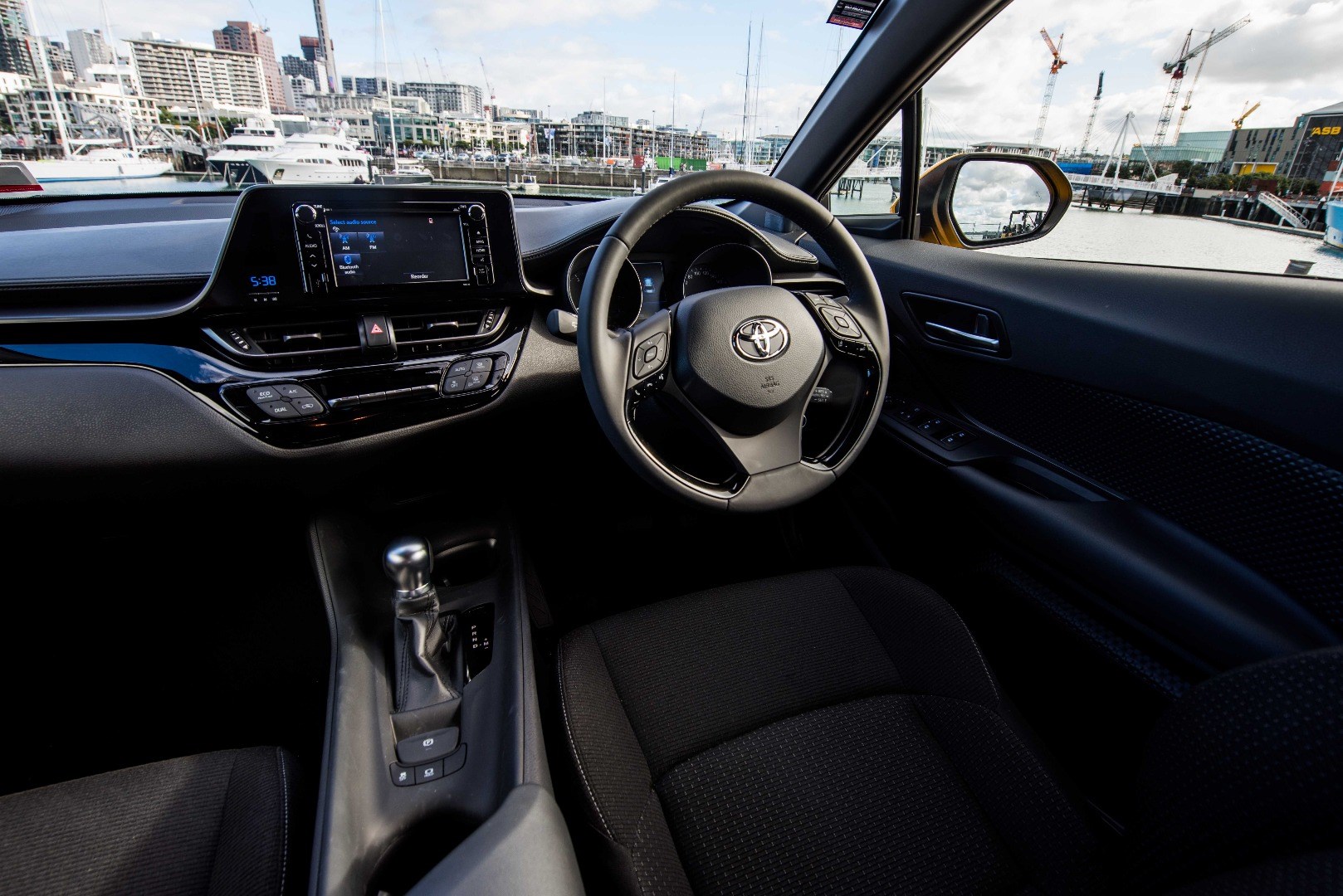
The compact crossover also features eco, normal and sport drive modes while the C-HR's all-wheel-drive system can direct anywhere between 0 and 50 per cent of the engine's torque to the rear wheels.
The C-HR has the same platform as the new Prius and sits on Toyota's new global architecture (TNGA) chassis, which provides a lower centre of gravity for better weight distribution. This is paired with a new suspension system to limit body roll you can find in small SUVS so the driving is more stable.
Toyota says the C-HR drives like a dynamic hatchback, "but with all of the SUV properties drivers covet".
Although it is at the pricey end of the compact SUV segment -- especially with Kia smashing the market with the Sportage -- it has extensive safety features that earned it a 2017 five-star ANCAP safety rating.
Toyota Safety Sense package includes a Pre-Crash Safety System (PCS), Lane Departure Alert (LDA) with steering assist, Automatic High Beam (AHB) and All-Speed Dynamic Radar Cruise Control (DRCC).
Plus there's my favourite features: Blind Spot Monitor (BSM), Rear Cross Traffic Alert (RCTA) and reversing camera.
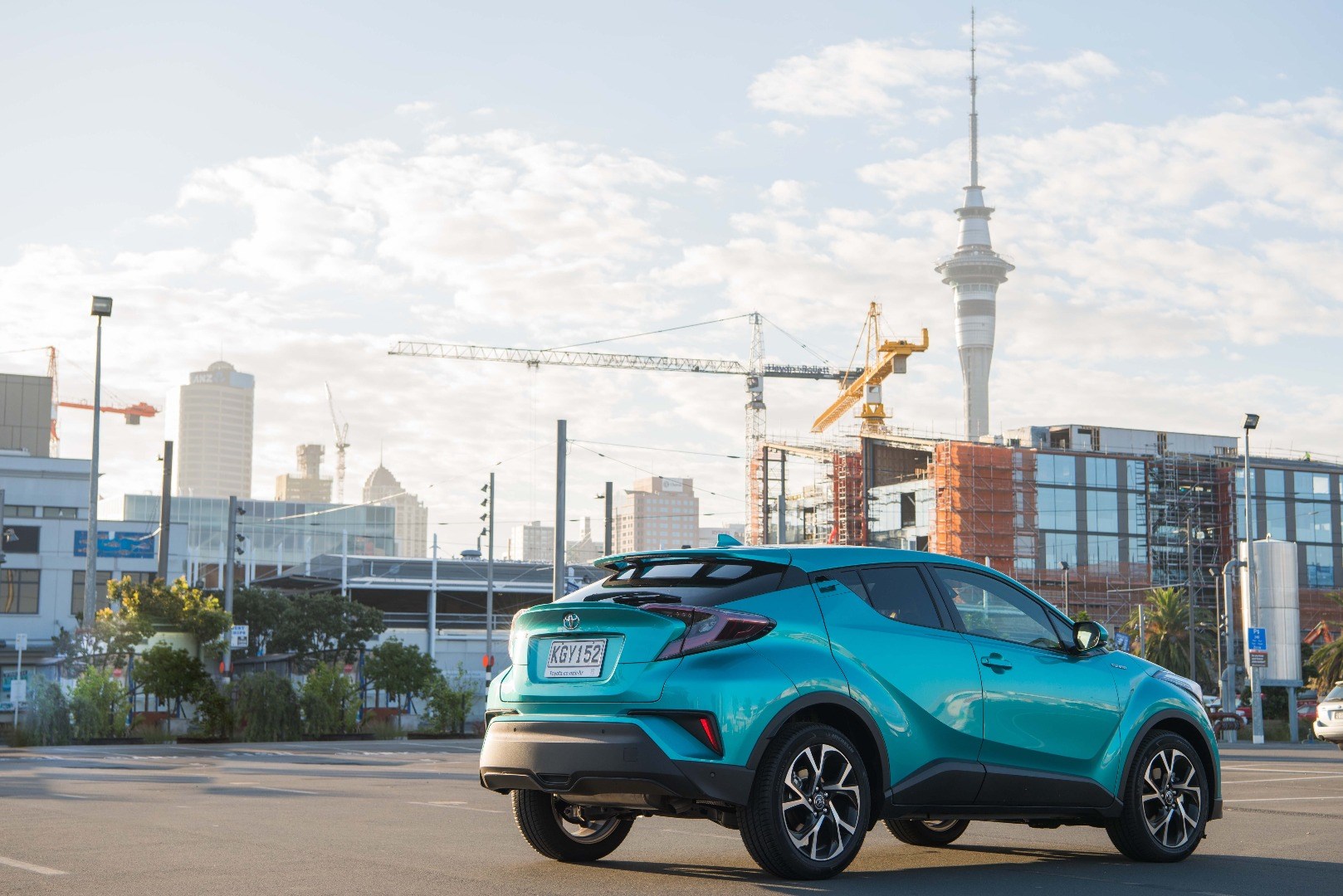
Our drive programme for the launch started with motorway speeds from Auckland airport to Awhitu peninsula (and a sight-seeing stop at the famous lighthouse) before heading to Karaka for the press briefing. The second leg took us back to the airport on country and motorway routes.
Our first vehicle was the front-wheel-drive C-HR and my first impressions was the high headroom in the car (on the upside) and the circa 2000s infotainment screen that was plonked in the dash (you can do better Toyota, you really can; especially as you still won't include CarPlay).
The rear seat has enough space for two adults or three kids but the middle seat is small with limited legroom, though the boot was deep enough to cope with weekend-away luggage or a big shop at the supermarket.
But the C-HR began to gain bonus points once we took off on to the motorway.
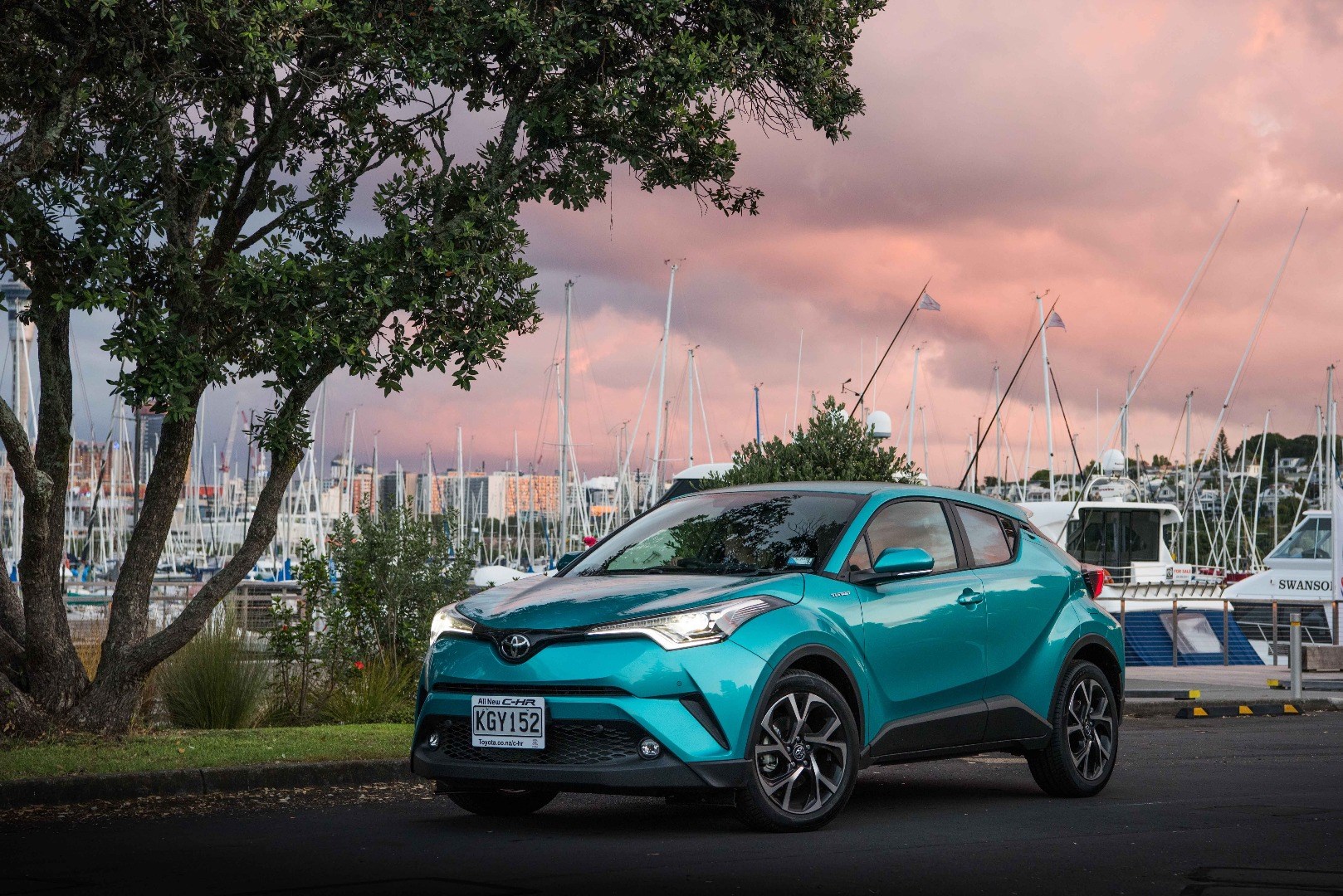
Even with a 1.2-litre engine, the crossover proved it had plenty of pulling (and taking over) power. Once on winding country roads, the chassis and low centre of gravity came to the fore and it easily handled being turning to curves at speed.
The AWD gave the reassurance I like; and, again, that 1.2-litre proved deceivingly peppy.
Toyota says 60 per cent of its sales are FWD and it plans to sell in total 850 this year and 1000 next year.
Just as long as you know what the name is -- remember "Chur, bro".














